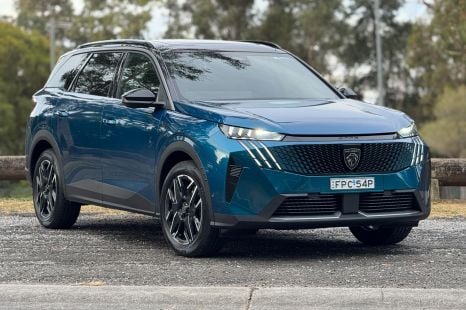

Matt Campbell
4 Days Ago

Contributor
Bugatti is entering the final stages of production of its Chiron hypercar, with only 40 build slots remaining for the final 500-car production run.
The standard model Chiron is no longer available to order, and the final 40 examples will be exclusively Pur Sport and Super Sport variants.
Once these models leave the Bugatti Molsheim plant in France, that’ll be it.
Announced as the successor to the Veyron hypercar in 2016, all Chiron variants are powered by an 8.0-litre quad-turbocharged W16 engine.
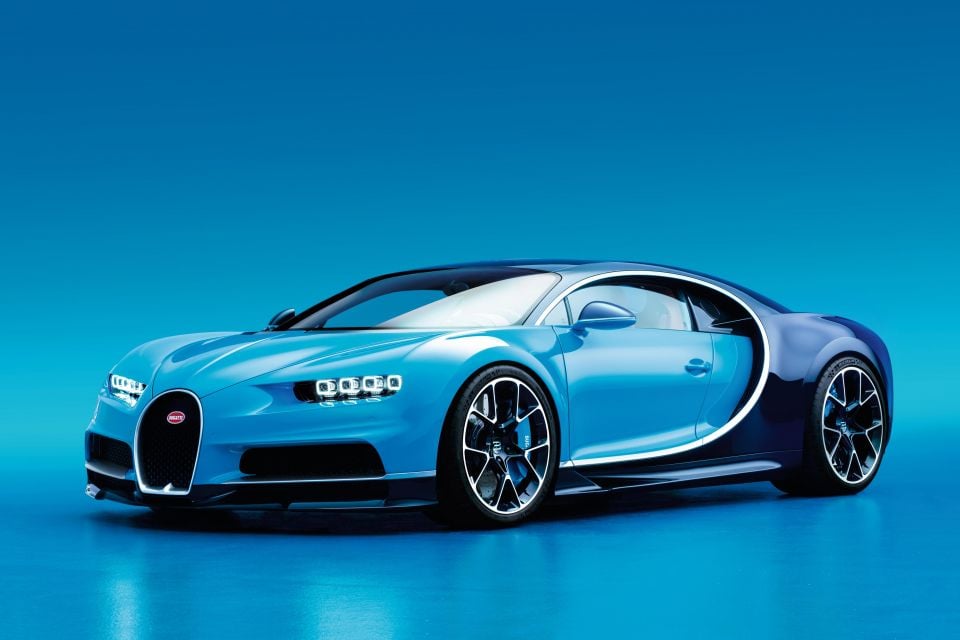
The base model shouldn’t be considered as a base model as prices started at £2 million (A$3.09 million), it produces 1103kW of power and 1600Nm of torque, and is capable of sprinting from 0-100km/h in 2.4 seconds.
It can also reach 200km/h in 6.1 seconds, with 300km/h able to be achieved in 13.1 seconds.
In 2017, the Chiron set its first production car record with a 0-400-0km/h time of 41.96 seconds.
Continuing this record streak, two years later a near-production Chiron prototype surpassed the 300mph (482.8km/h) threshold and was able to clock a top speed of 304.773mph (490.484km/h).
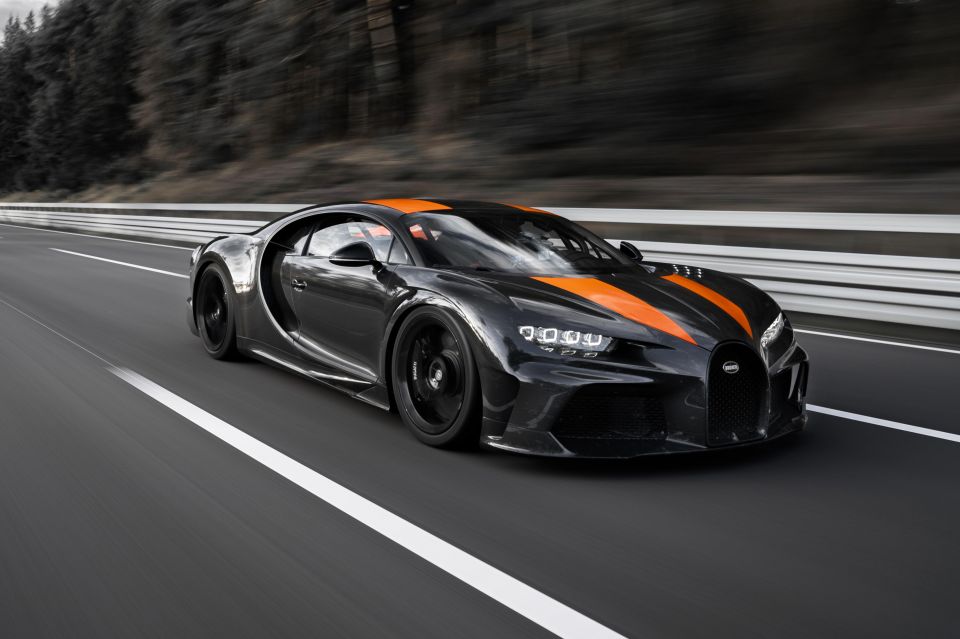
To commemorate this record, Bugatti released a Chiron Super Sport 300+ in 2019 that was limited to 30 examples and resembles the prototype.
The Chiron Pur Sport joined the range in 2020 and offers a 50kg weight reduction over the base model, firmer suspension, a 1.9-metre rear wing, as well as a close-ratio transmission.
The last model to join the range was the £2.75 million (A$4.25 million) Chiron Super Sport in 2021 that can be recognised by its longtail design.
This model in particular has reworked internals that boosts its power to 1176kW as well as offering a limited top speed of 440km/h.
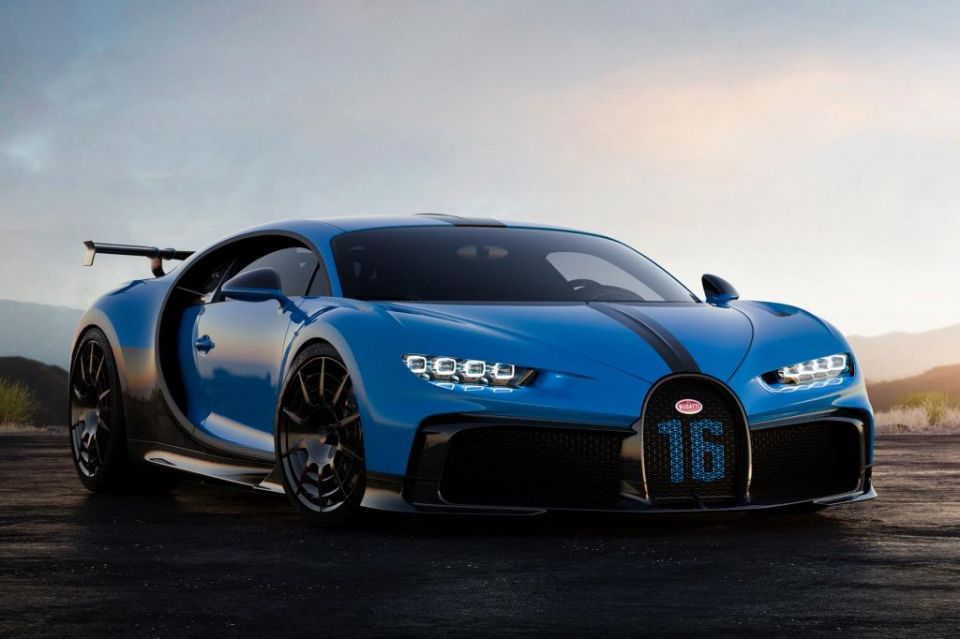
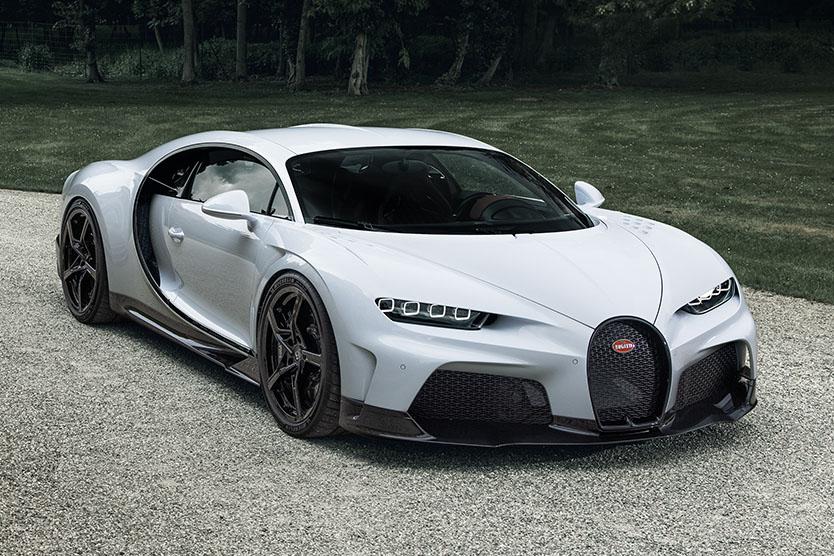
It also has specially-developed Michelin Pilot Sport Cup 2 tyres capable of driving up to 500km/h.
This wrapping up of Chiron production comes as Bugatti and Rimac form a joint venture, aptly named Bugatti Rimac, that’s expected to commence in the fourth quarter of 2021.
The individual brands will continue to operate separately, retaining their existing production facilities and distribution channels.
Bugatti will step out from under the Volkswagen Group umbrella, though Porsche will hold a 45 per cent stake in Bugatti Rimac.
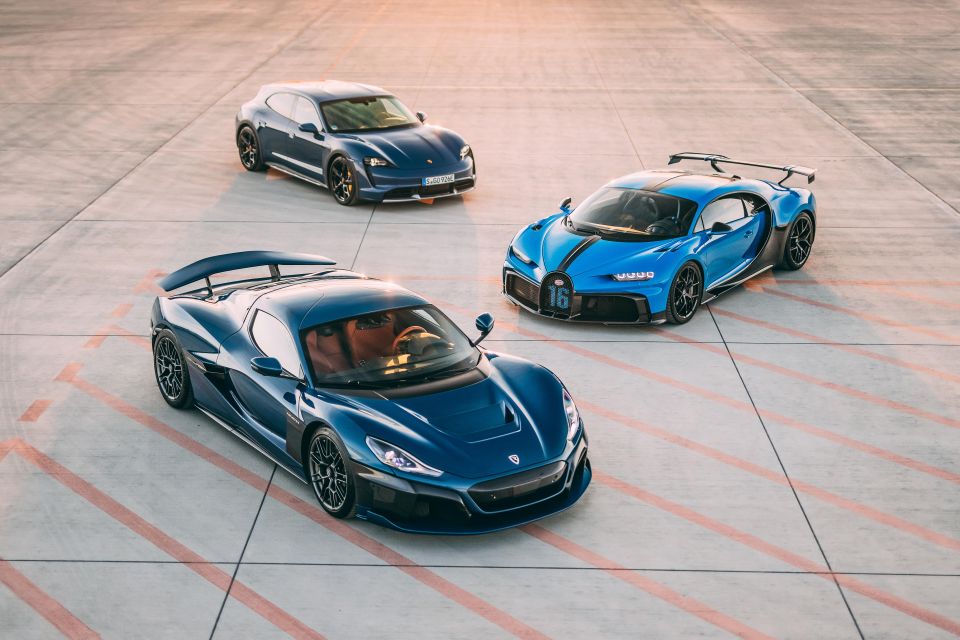
While the Bugatti and Rimac brands will be kept separate, future vehicles will share technology.
Auto Express reports Bugatti will continue to offer internal combustion engines.
“For the transition period we have an idea with more electrification, but still remaining in combination with a combustion engine,” said Rimac CEO Mate Rimac to members of the media.
“We will not just recycle what we have – not restyle the Chiron or hybridise the Chiron. We’re developing a completely new product from the ground up – everything, because we think that’s the best way to go. That product will have an internal combustion engine.”
Take advantage of Australia's BIGGEST new car website to find a great deal on a Bugatti.
Jack Quick is an automotive journalist based in Melbourne. Jack studied journalism and photography at Deakin University in Burwood, and previously represented the university in dance nationally. In his spare time, he loves to pump Charli XCX and play a bit of Grand Theft Auto. He’s also the proud owner of a blue, manual 2020 Suzuki Jimny.


Matt Campbell
4 Days Ago
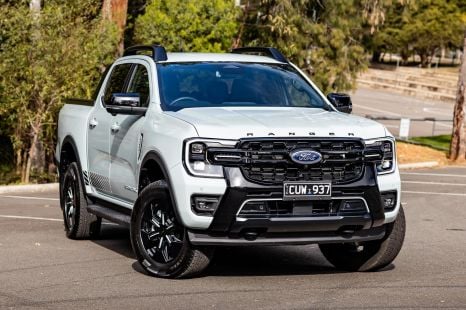

Matt Campbell
3 Days Ago
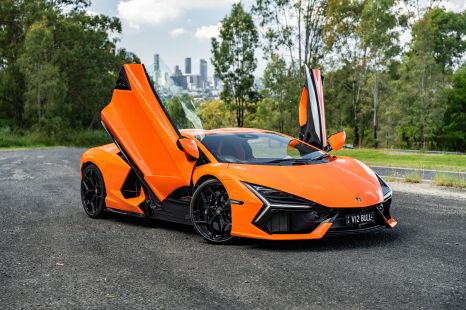

Alborz Fallah
2 Days Ago


William Stopford
2 Days Ago


James Wong
2 Days Ago
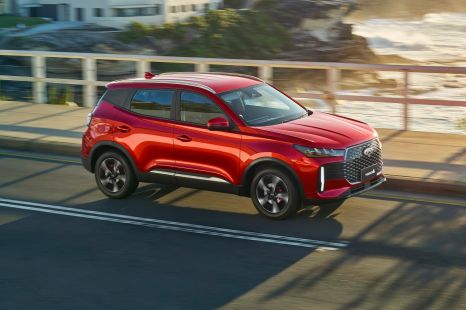

Max Davies
12 Hours Ago